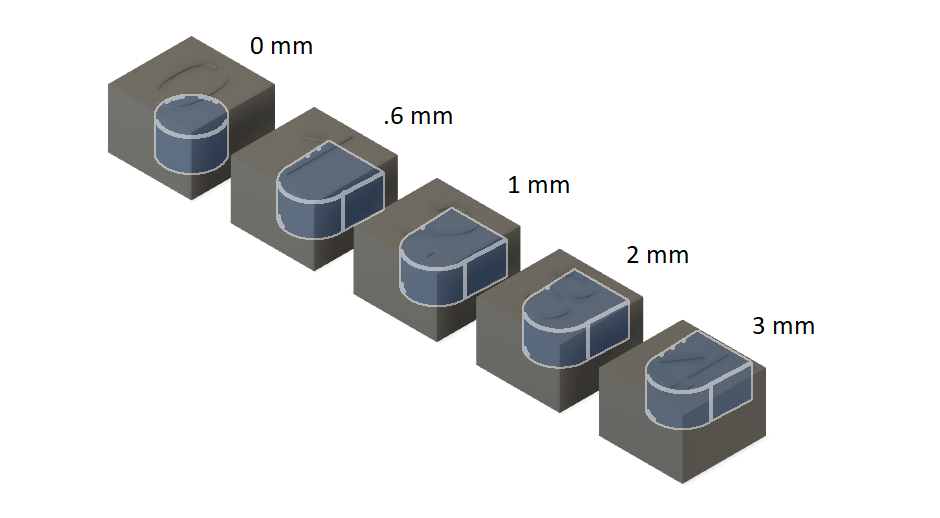When doing the firmware I ended up deciding that the encoded tile number would be used as an index into the macros table of macro strings. But because each of the two digits in a tile could only go up to 8, it meant that the macro table ended up having gaps marked "Skip for now.".
// Define the macros here.
String macros[] = {
"PRESS,KEY_LEFT_CTRL,a,RELEASE_ALL", // select
"PRESS,KEY_LEFT_CTRL,c,RELEASE_ALL", // copy
"PRESS,KEY_LEFT_CTRL,x,RELEASE_ALL", // cut
"PRESS,KEY_LEFT_CTRL,v,RELEASE_ALL", // paste
"KEY_UP_ARROW", // up
"KEY_LEFT_ARROW", // left
"KEY_RIGHT_ARROW", // right
"KEY_DOWN_ARROW", // down
"", // Skip for now.
"", // Skip for now.
"MEDIA_VOLUME_UP", // louder
"MEDIA_VOLUME_DOWN", // softer
"MEDIA_MUTE", // mute
"MEDIA_PLAY_PAUSE", // pause/play
""
};No big deal but also easily fixed. I decide to add another magnet holder to the mix which would allow two more numbers per tile side.
When looking at the readings from one side of an existing tile:
136, 72, 54, 37, -123, -87, -56, -37
you can see that there is a pretty big "gap" between the first two numbers and the fifth and six numbers. This represents the difference in distance from the sensor between 0 mm and 1 mm. So I added another magnet holder with the distance set to .6 mm. Here is my new set of holders:

With ten digits per magnet, I can now have up to 100 macros stored, and no gaps in the macros table.
 Michael Gardi
Michael Gardi
Discussions
Become a Hackaday.io Member
Create an account to leave a comment. Already have an account? Log In.